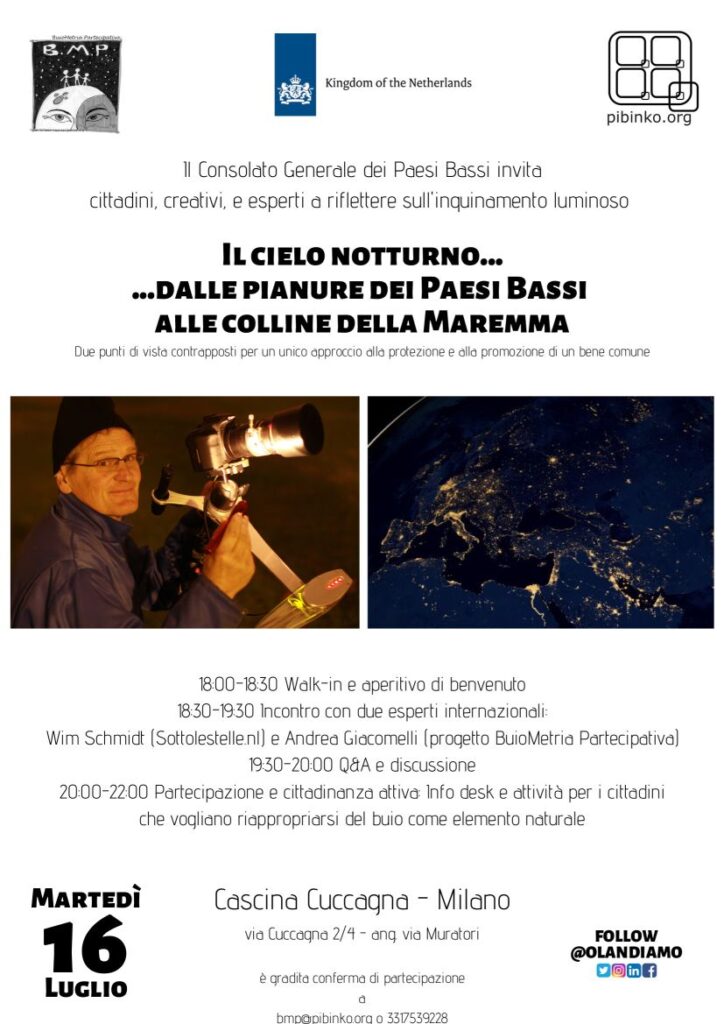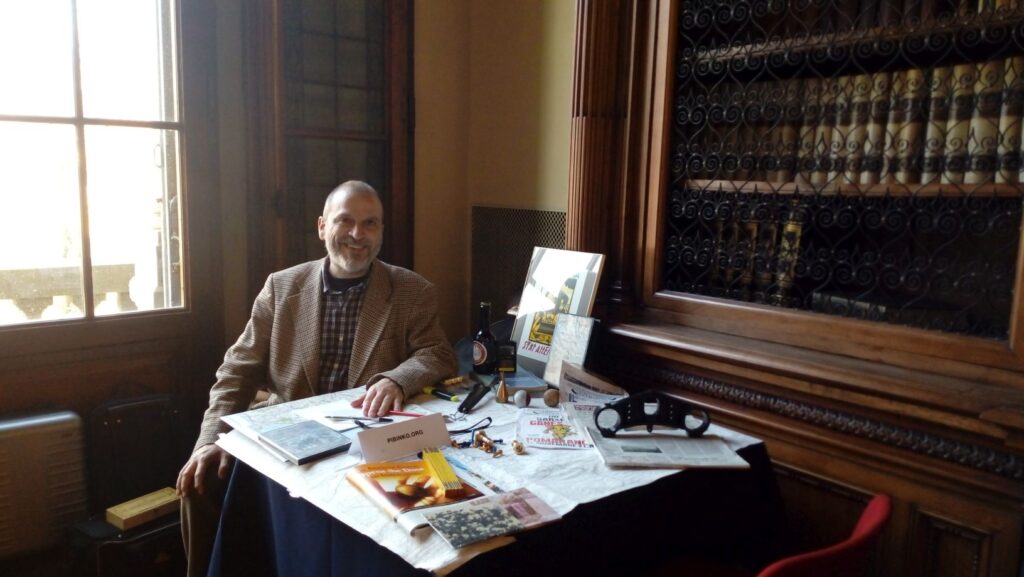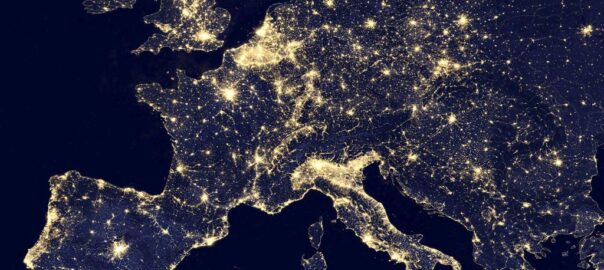NB: If you plan to come and hear us, please register for this event via Eventbrite (registration and attendance is free)
A PDF version of the event flyer is downloadable here
For centuries we have been used to live with the night sky as a natural part of our landscape, but substantially independent from our activities. With the development of cities and industrial infrastructures, lighting systems came, as a key resource in improving our quality of life, providing security and enabling us to conduct at night activities which were once confined to daytime. However, in parallel, the combination of lighting sources “spilling” light out of their primary target, or with exceedingly high power, started to generate light pollution, actually contaminating the sky.

Light pollution has a series of negative impacts, which were initially perceived only as an issue for astronomers, who had to relocate many of their activities from their observatories, most of which were founded not far from cities, to more pristine areas. Over the past twenty years, however, a significant body of research has strongly improved our understanding of the light pollution issue, exposing also effects on ecology, human health, energy management, road safety, and security. The combination of these effects, in parallel with the fast pace of innovation in the field of lighting technology and a significant unawareness of the negative effects of “too much light” (with the “blue light issue” as a key topic today), makes the light pollution issue simple to appreciate on a basic level, but complex to grasp in its multi-faceted implications: everybody will note the difference in a night sky observed from the centre of a large city or from a rural area, but it is then not so simple to deploy lighting policies balancing the perceptions of different sectors of society in relation to lighting.
Independently of different approaches and perceptions on the use of light at night, there are two elements which cannot be denied, if we look at things from a sustainability viewpoint: the night sky is a common good, so solving light pollution issues requires a participatory approach involving many stakeholders, and lighting sources which are not aimed at lighting areas where illumination is needed should be redesigned, so as to mitigate light pollution effects without reducing the quality of our lives.

In order to showcase different scenarios related to these views the Netherlands Consulate General in Milano has organised an event in Cascina Cuccagna, Milano, on July 16, 2019, from 6.00PM to 10PM, with a talk from 6.30 to 7.30PM, a Q/A moment until 8PM, and then till 10PM an info+engagement desk where citizens, creatives, and experts may become an active part of initiatives related to light pollution monitoring and management.
The event is organised in collaboration with the BuioMetria Partecipativa project, and è is related to the exhibition ‘I See That I See What You Don’t See’ in the Dutch Pavillion at the “Broken Nature” international exhibition in the Milano Triennale. Following a conference on light pollution on May 26, the Consulate General has decided to further elaborate on this topic inviting from The Netherlands one of its main light pollution experts, Wim Schmidt. Wim will showcase various aspects of light pollution issues -and mitigation strategies- as observed in his country, which in Europe is one of the most impacted.
To balance this view, and trigger ideas on how citizens, creatives, and experts should be approaching the protection and promotion of the night sky, Wim will interact with Andrea Giacomelli, an expert coming from a dark sky area in Italy (Southern Tuscany). From the interaction between these two angles, and some pratical activities which will be proposed during the event, participants will be stimulated to look at the sky -and to their lights- with a different awareness, and think twice before they change their next lamp.
For more information: bmp@pibinko.org or +393317539228
About the presenters

Wim schmidt is educated as astronomer and psychologist based in Utrecht. On his 50th birthday he decided to give a turn to his life and started a company providing consulting to municipalities, provinces and enterprises on the mitigation of their lighting impact on the environment. He conducts investigations on the development of night sky quality in the Netherlands and is the chairman of the Dutch organization against light pollution. (http://www.sotto.nl/index-english.html)

Andrea Giacomelli is an MS in environmental engineering and a PhD in hydrology, with 25 years of experience in geographic information systems. In 2007 he started his work on interdisciplinary promotion of assets in the fields of culture, environment, and open innovation. His flagship project is “BuioMetria Partecipativa”, providing since 2008 monitoring, citizen science and outreach initiatives on light pollution and night sky protection. He is based in the Metalliferous Hills of Southern Tuscany. (http://www.pibinko.org)
Photo credits (where not indicated in the pictures): satellite imagery: NASA, light pollution photos: Wim Schmidt
